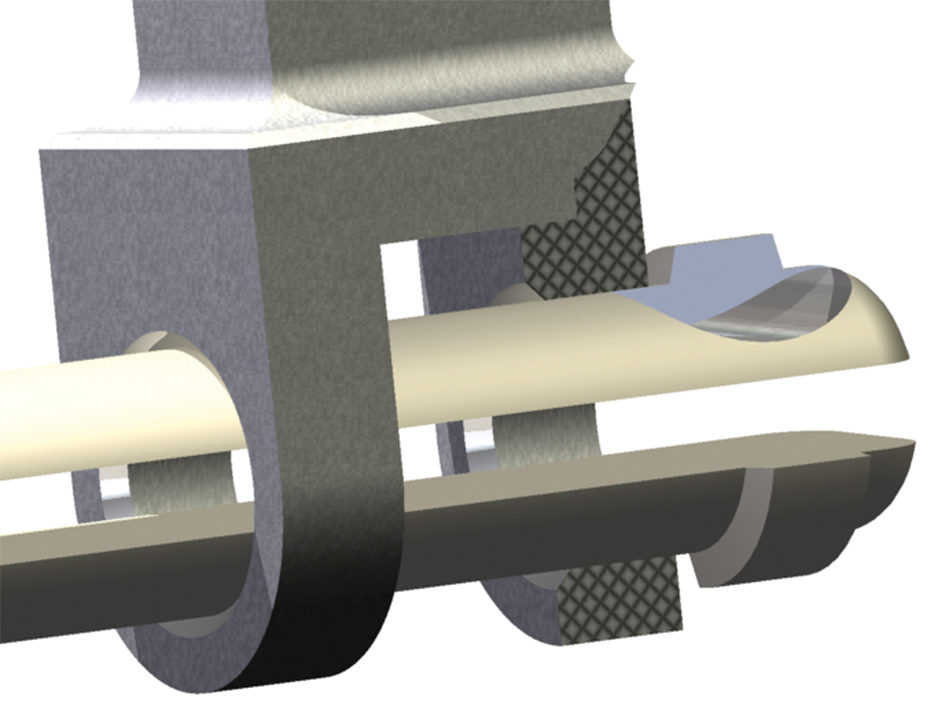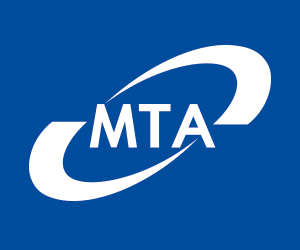The need to build a competitive edge by reducing lead time and production costs is the prime motivator to adopt the integration of as many different processes as possible into machining cycles. However a critical area that, in particular, creates a complete ‘ragbag’ of problems involves drilling cycles and the removal of any burrs that have been generated. Worse still is when drill breakout is part of the cycle. Here, Mollart Engineering, a pioneer in all aspects of deep hole production, is continuing to build upon its considerable success with its E-Z Burr, BCU back chamfering and the Burr-Zit deburring tooling range.
In most cases, designers of production components duck the ragged edge or burr issue with a simple drawing note: ‘Remove all Burrs and Sharp Edges’ leaving the interpretation to rely on the mood of the moment with the reader of the drawing.
Here, the E-Z Burr series of tools for holes between 1 mm and 50.80 mm diameter, which now includes a ‘Stubby’ series version for holes from 3.18 mm to 6 mm diameter is ideal for in-cycle use on cross holes, for instance, such as are now common operations performed on turn-mill centres and especially CNC sliding head machine types. E-Z Burr can be programmed to machine away burrs or create chamfers around the edges of holes at both the front end and the breakthrough in a single pass of the tool.
BCU is a micro-adjustable precision back chamfer and back countersink tool ideal for use in restricted spaces, angles and blend radii. It is ideal for manual, CNC or special purpose machinery on holes between 4.76 mm and 20 mm diameter based on the use of a pilot guide to maximise concentricity. Meanwhile, Burr-Zit is a deburring tool that can be used to deburr both sides of a drilled, punched or reamed hole between 2 mm and 25.4 mm diameter in a single operation. The tool gives the flexibility to overcome restricted access to the workpiece such as when it is only possible from one side.
Said Mollart Engineering’s Sales Manager, Mark Dore: “The first priority is to plan for the right machine and emphasise its set-up should ideally create a burr-free cycle. However, this can often prove to be difficult due to the most appropriate machine not being available. Production variables can also have a big influence on burr creation.
A recent application of Mollart Engineering’s E-Z Burr deburring tool to replace highly skilled manual deburring of an aero-engine turbine stator made from Inconel 718 not only created a consistent, high level of control over quality but also saved 30 mins per part in the overall production time.
E-Z Burr tools have a major advantage as they are ideal for general purpose applications across a wide operating spectrum of component types as they can be incorporated into CNC lathe and machining centre cycles as well as more dedicated special purpose machine tools. Depending on the operational circumstances, the tools can even be used in conjunction with power tools and by hand. The E-Z Burr concept is ideal for chamfering and removing burrs from cross holes and hole breakthroughs, combined front and rear chamfering of bores, internal grooves and recesses, fabrications and internal surfaces such as within box sections.
Burr-Zit is available in two styles, System I covers both front and back deburring and System II is purely for back deburring. For bore sizes over 8 mm, an internal pin enables tension to be adjusted without removing the tool from the machine. Standard tools are made from M2 with a selection of coating options to suit the application and tools can be easily reground. Special tool application materials are also available.
Tel: 0208 391 2282
Email: mark.dore@mollart.co.uk





